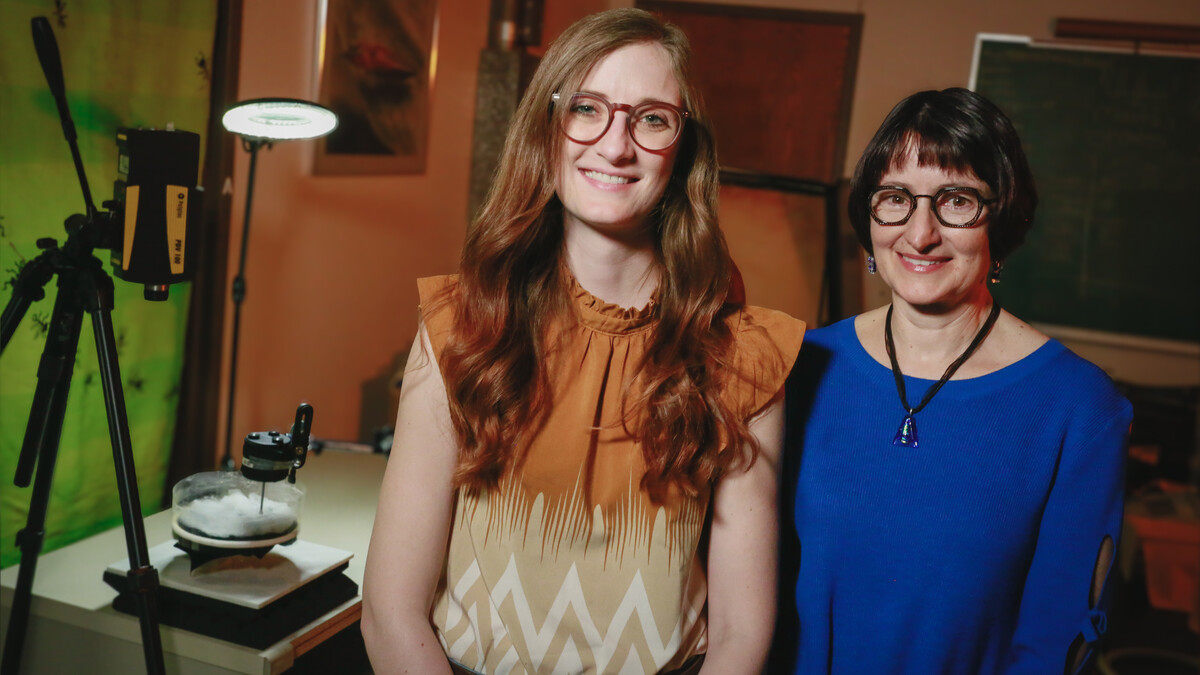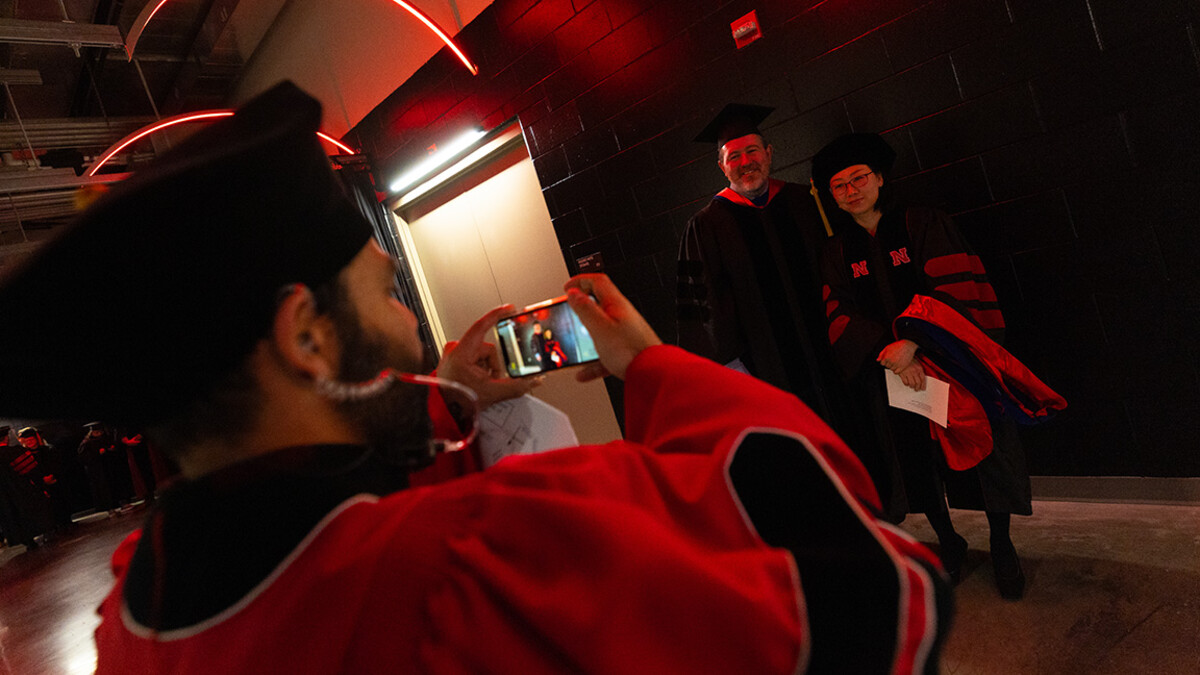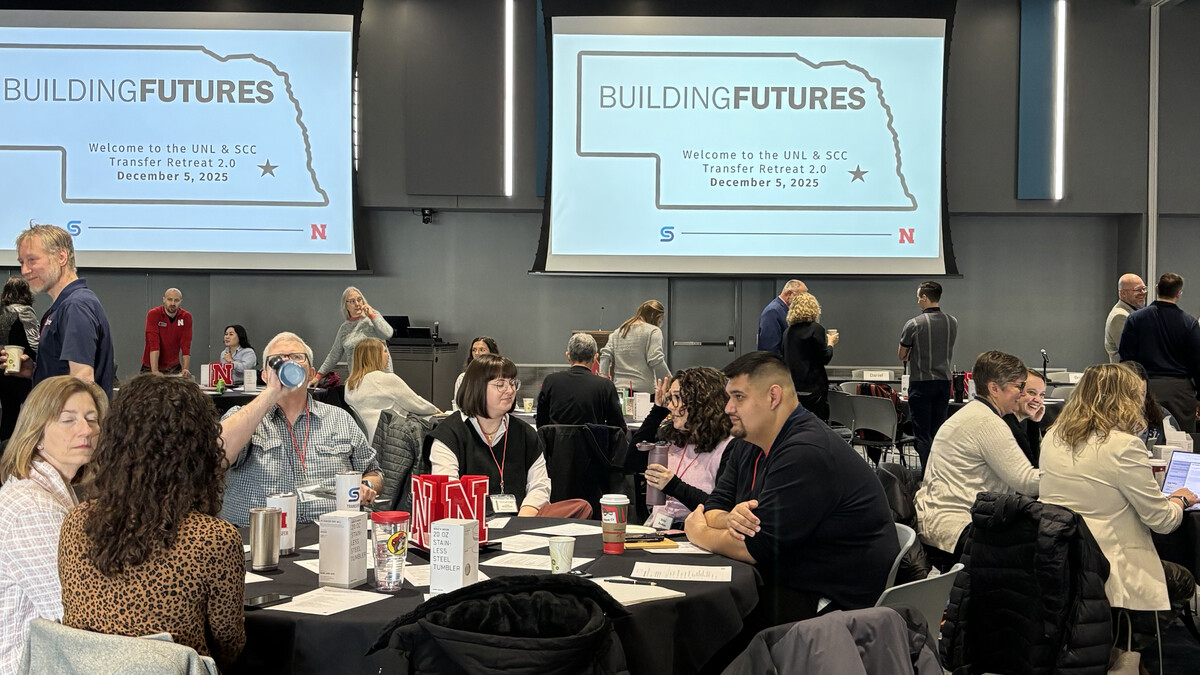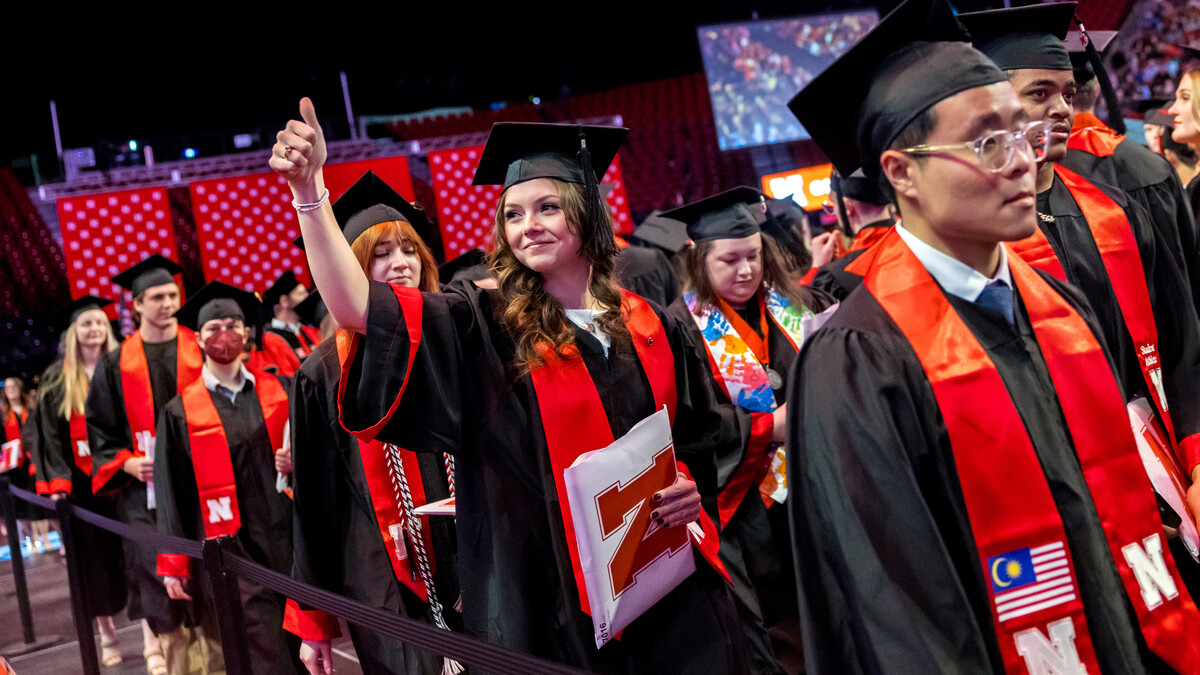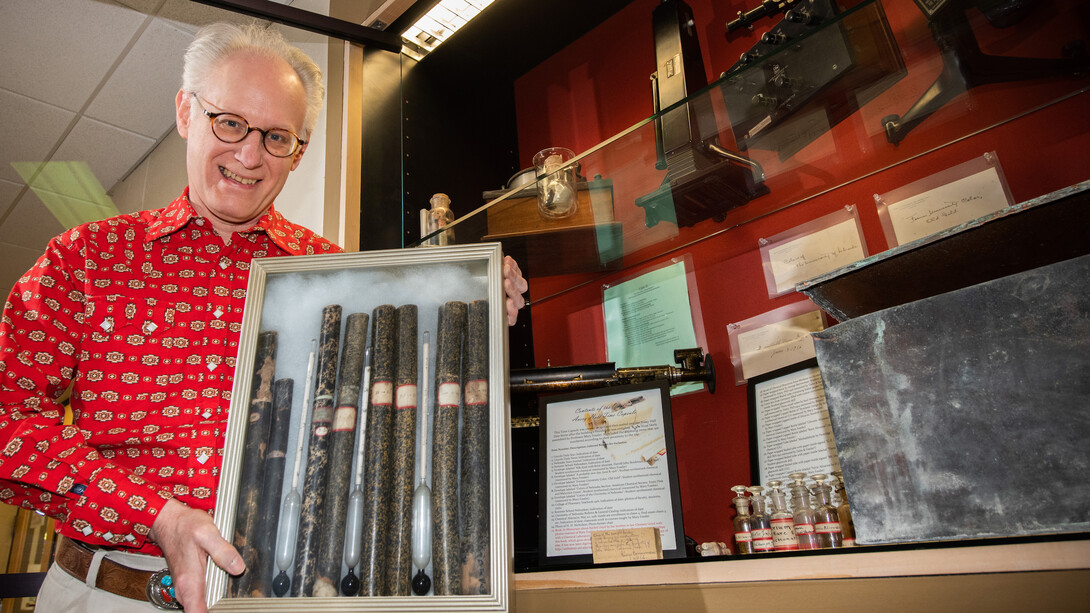
Mark Griep, professor of chemistry, is retiring Aug. 15, following a 35-year career of research, teaching and service at the University of Nebraska–Lincoln.
A retirement reception will be held in his honor from 2:30-3:15 p.m. Aug. 8 in Hamilton Hall Room 548, followed by a presentation by Griep, “Formula For Success: The Early History and Legacy of Women in the Chemistry Department at the University of Nebraska, 1882-1919," at 3:30 p.m. in Avery Hall Room 115.
During this talk, he'll focus on the women who were faculty, grad students, undergrads and staff. They were included at a level that was unparalleled by any other university of the time.
Griep joined the Department of Chemistry in 1990. Although his tenure home was fully in chemistry, he also reported to biochemistry and the Center for Biotechnology during his pre-tenure years. He received his bachelor’s and doctoral degrees from the University of Minnesota and then did four years of postdoctoral research at the University of Colorado Health Sciences Center.
His research at Nebraska concerned the structure and function of the enzymes that act on the lagging strand during DNA replication. Most recently, his lab characterized the best potential antibiotic binding site on primase, the enzyme that starts DNA synthesis. He supervised 14 graduate theses and dissertations and 49 undergraduate research projects, ten of whom wrote undergraduate theses.
Griep is widely known for his teaching and outreach efforts. In 2001, he created an annual Chemistry Day to recruit high school students and a once-every-five-years Chemistry Alumni Reunion to celebrate the department’s alumni. He taught thousands in the Chemistry and Citizen sequence that he revised in 2005 so that the course made connections to everyday life.
He and his wife, the artist Marjorie Mikasen, co-authored a book about chemistry in the movies that was published by Oxford University Press in 2010. In 2011, he began his long-term collaboration with Nebraska’s two tribal colleges that resulted in the Indigenization of their chemistry lab manual.
From 2011 to 2013, he coordinated the renovation of the labs, stockroom and resource center on the second floor of Hamilton Hall. From 2012 to 2024, he managed the department’s NSF-funded research experiences program that provided training to 127 students from colleges with little or no research opportunities.
In 2014, Griep’s nomination was successful in gaining National Historic Chemical Landmark status for Dr. Rachel Lloyd, the first woman to become a chemistry professor in his department.
